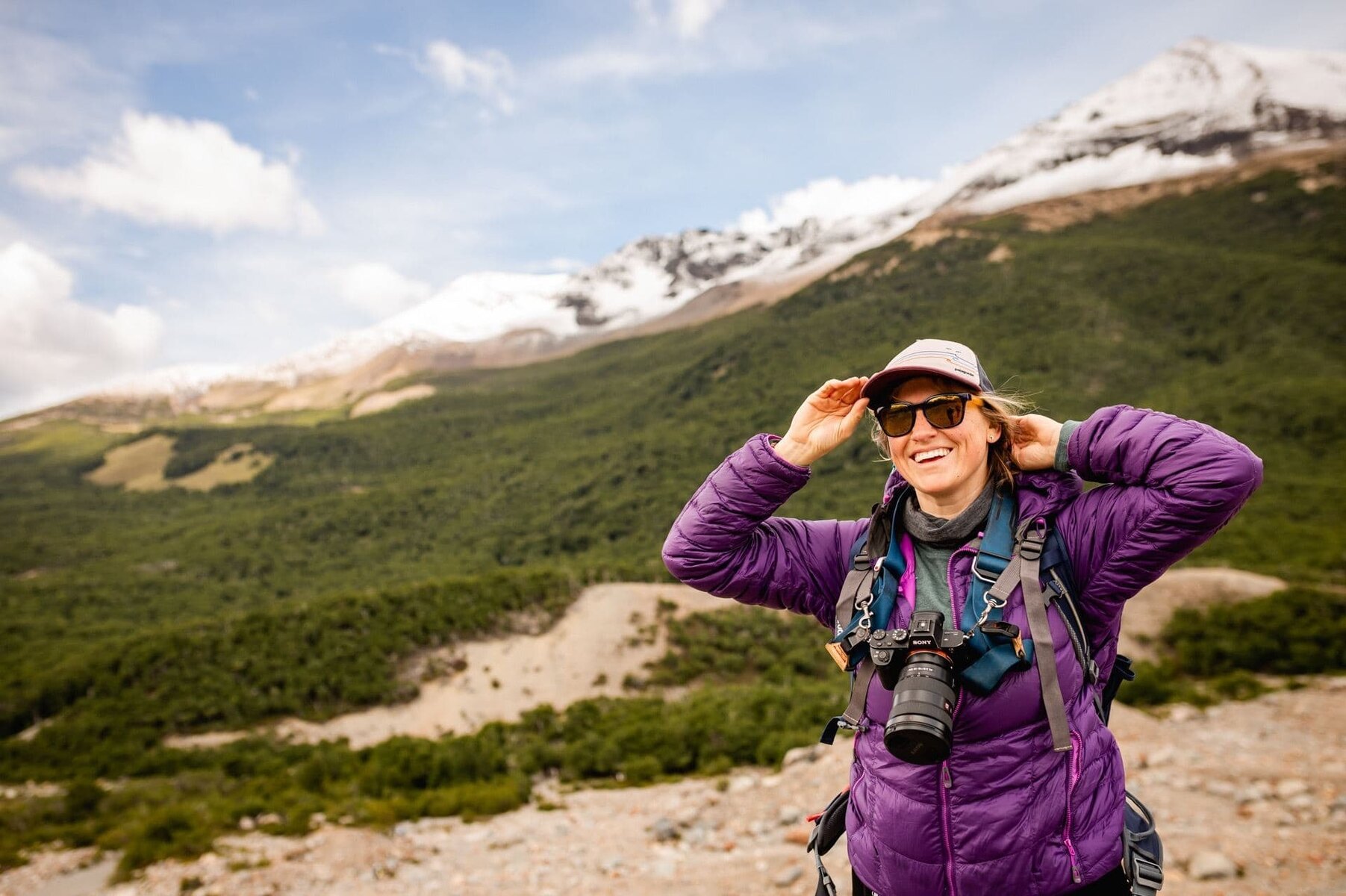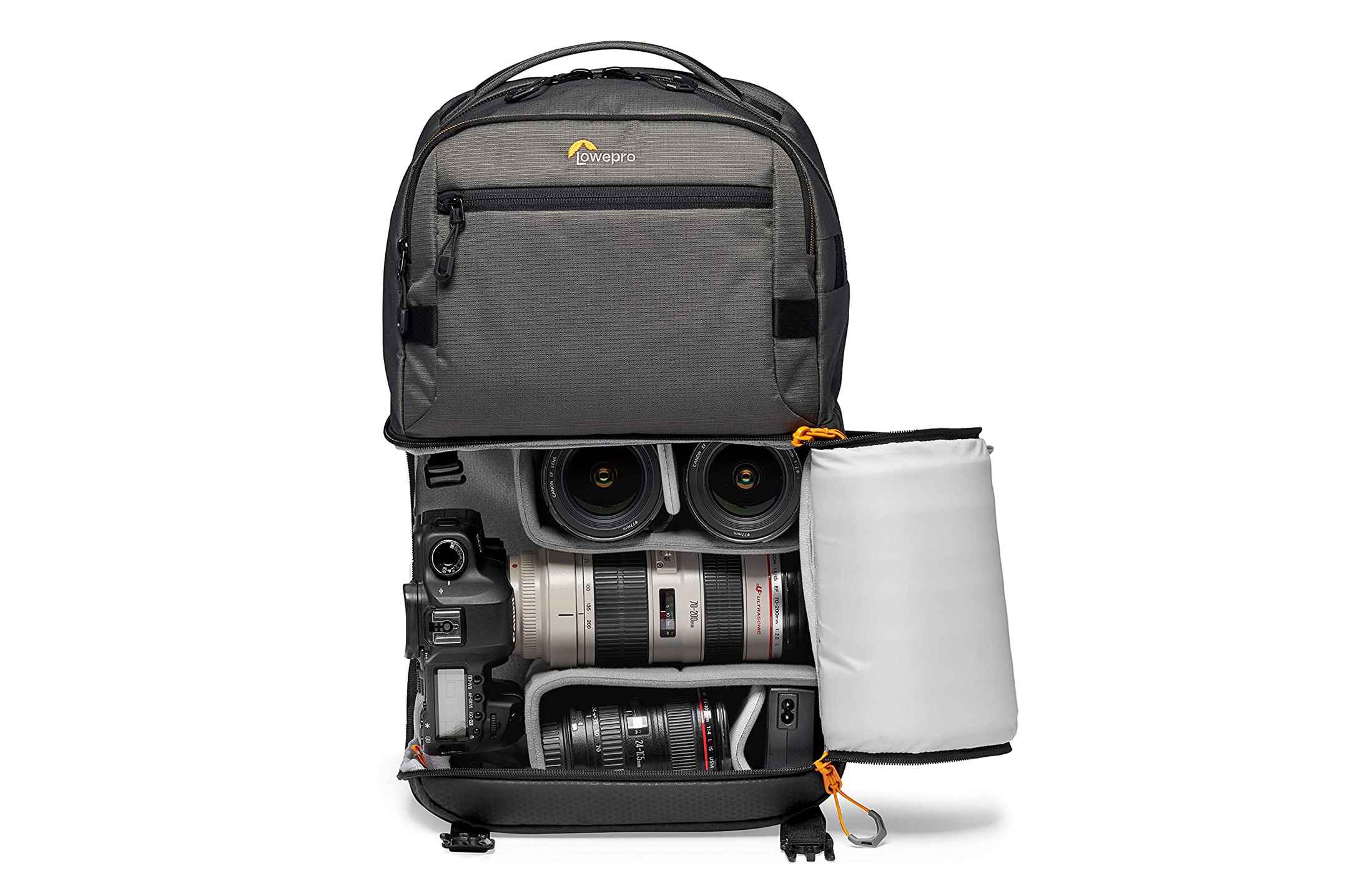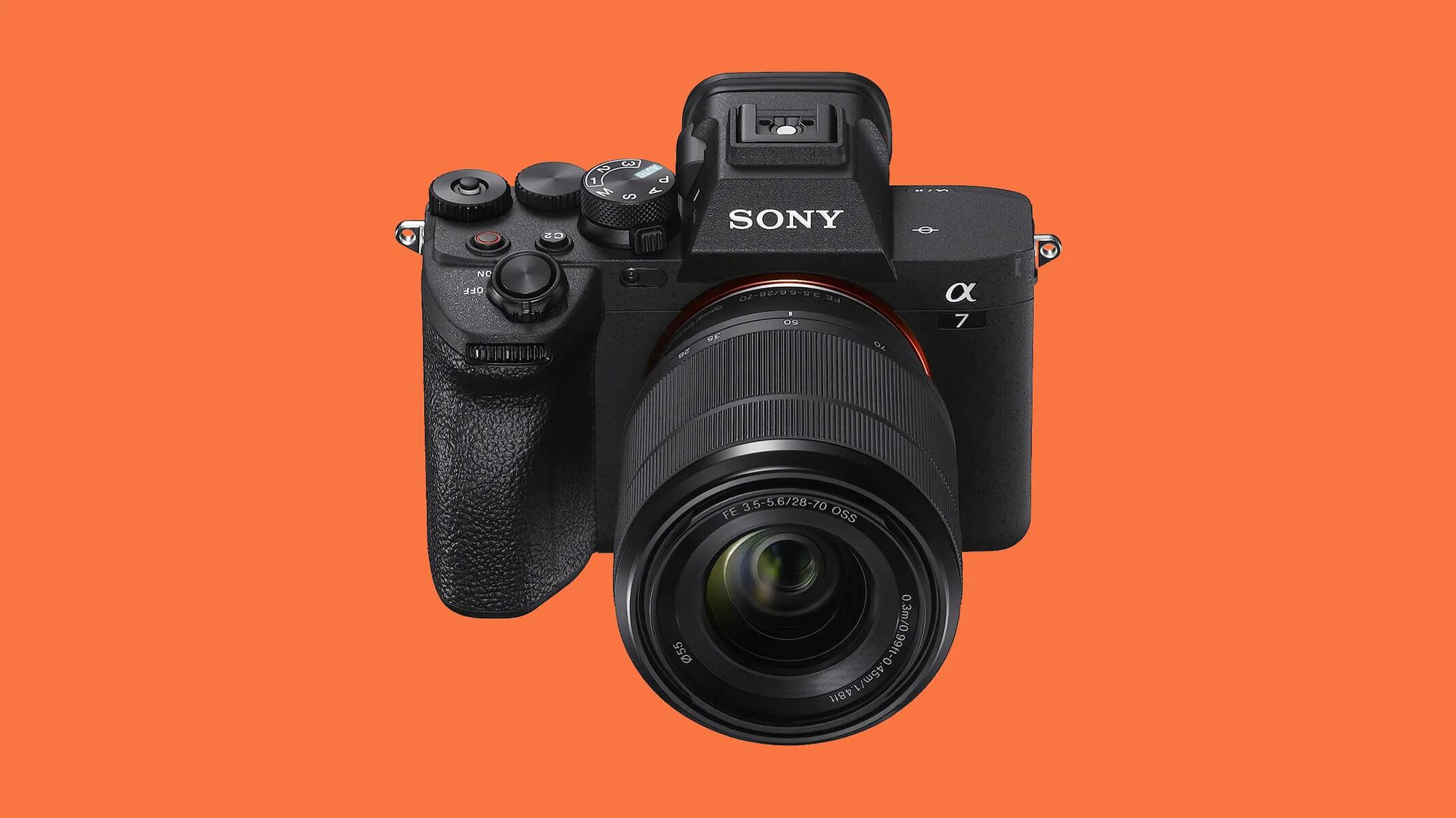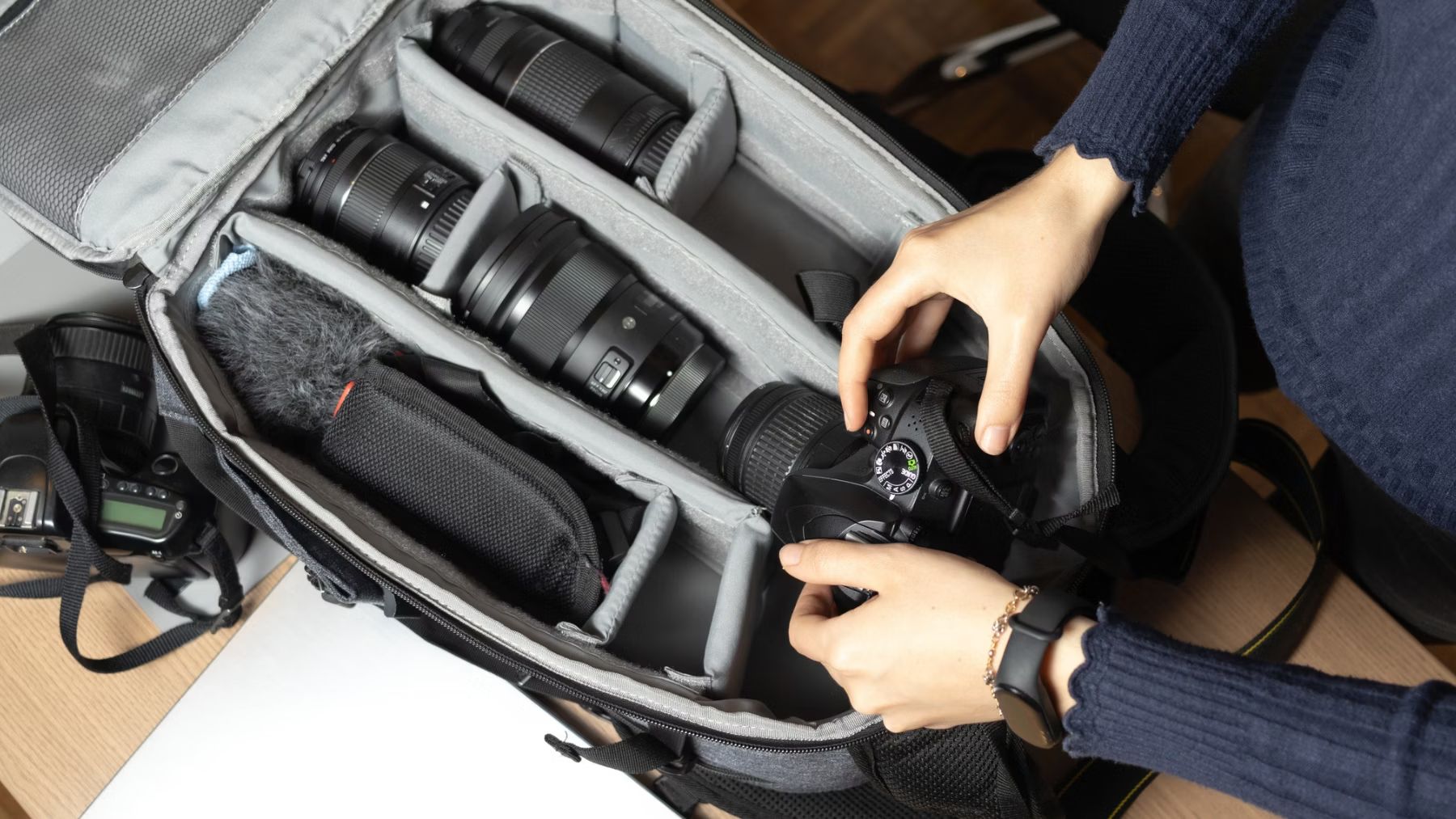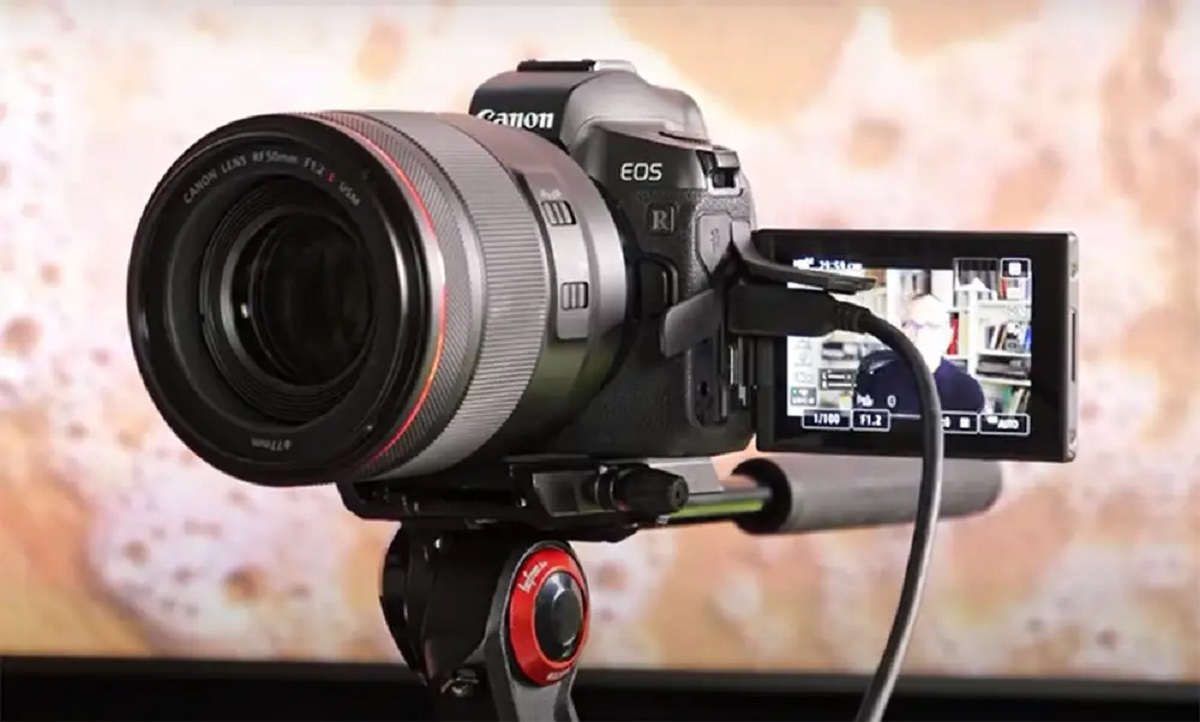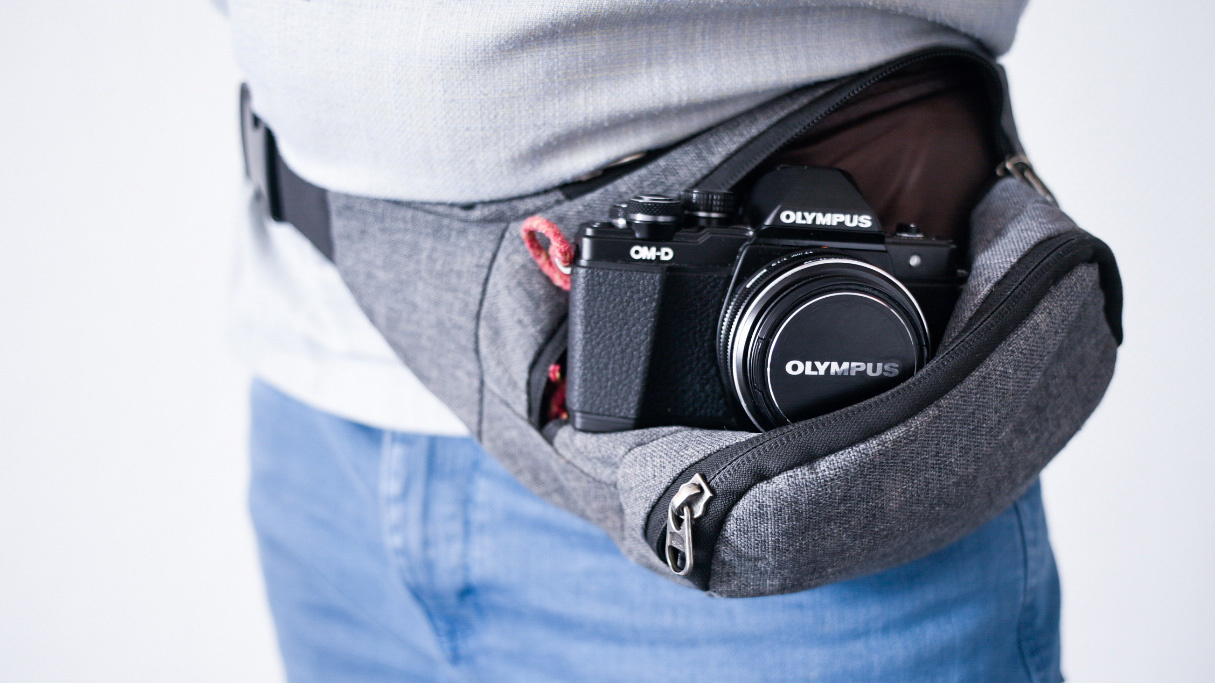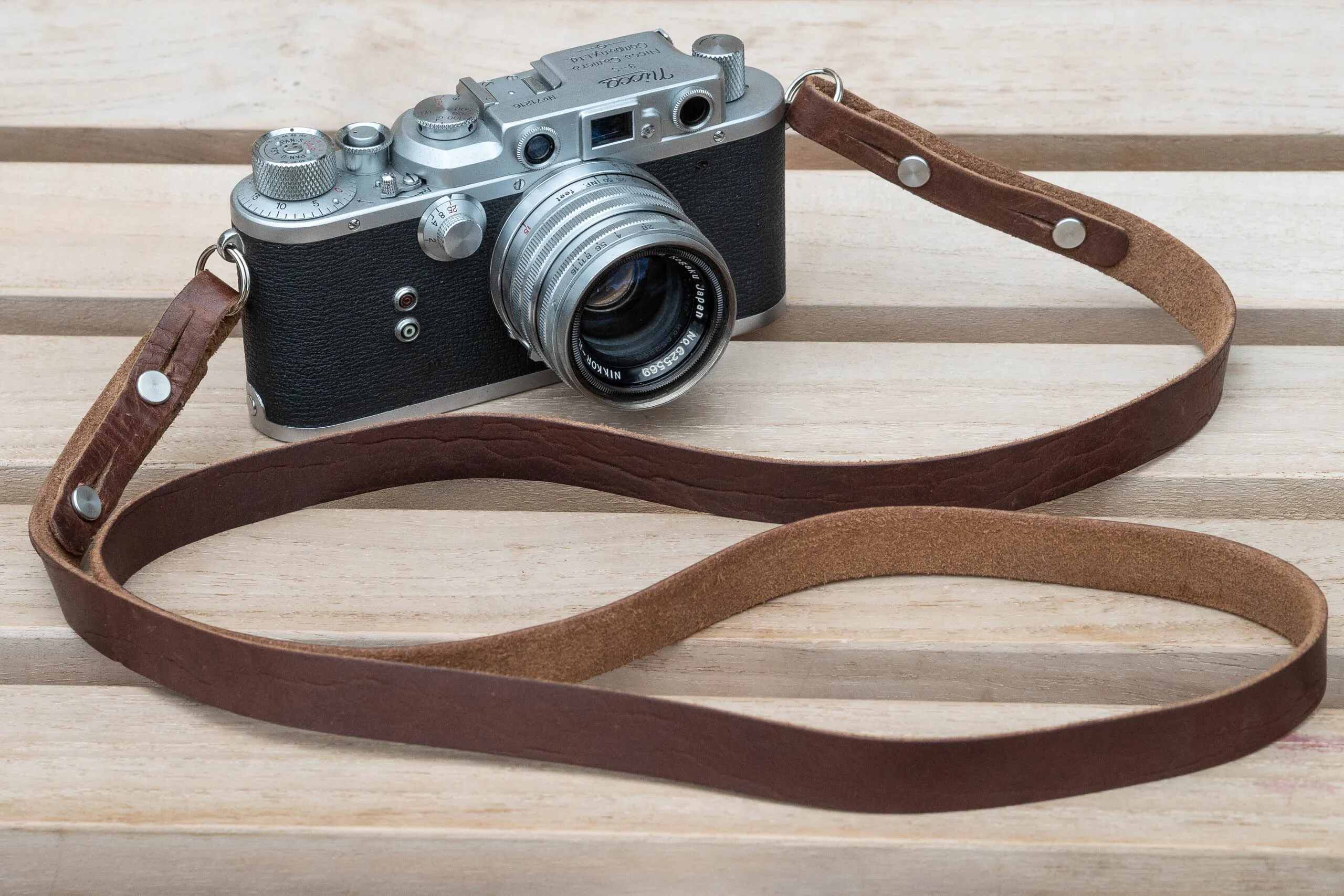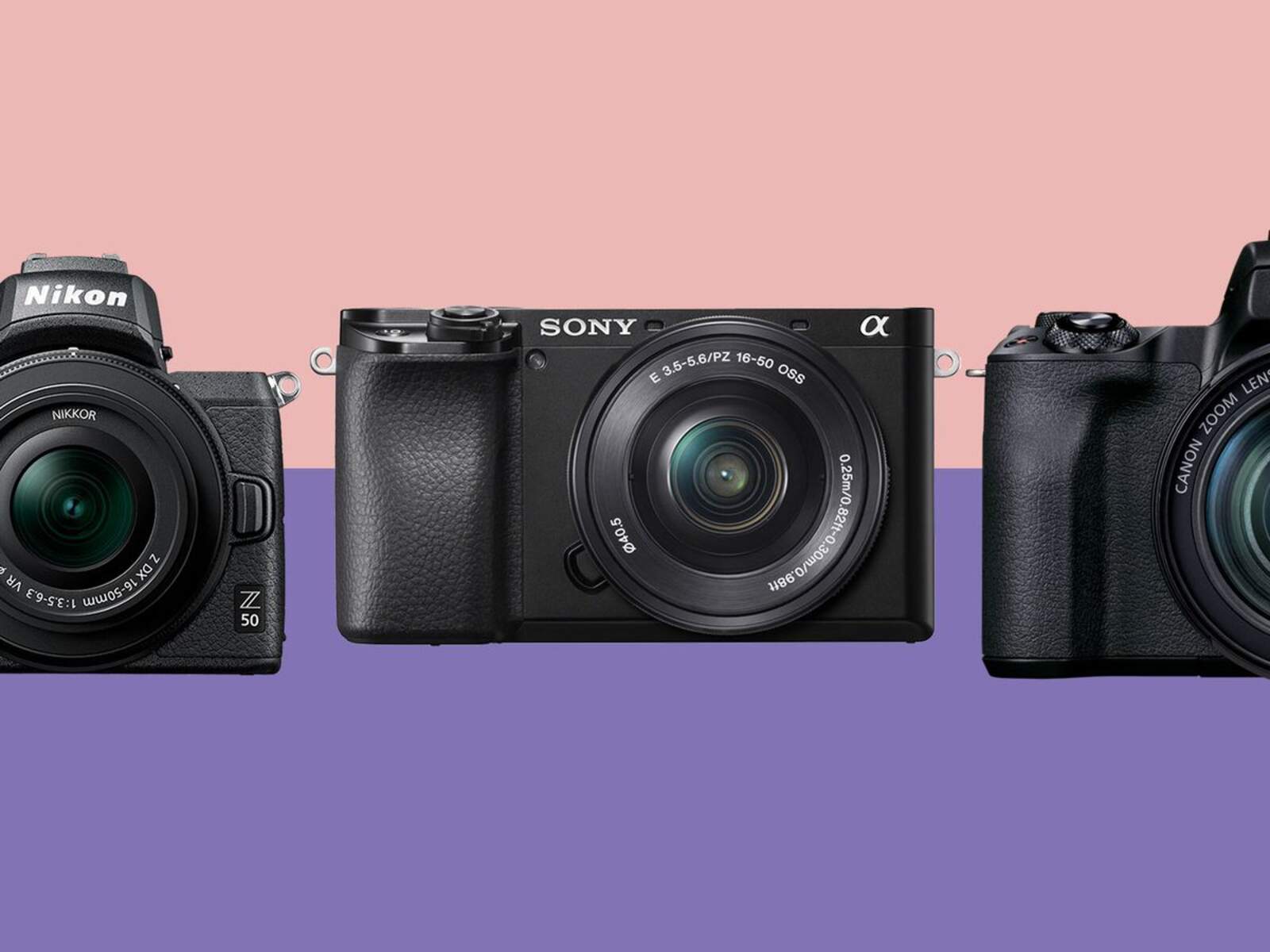Introduction
Hiking through picturesque landscapes and capturing breathtaking moments with a mirrorless camera can be an exhilarating experience. However, ensuring the safety and accessibility of your camera during the hike is crucial. Carrying a mirrorless camera while hiking requires thoughtful consideration to protect your gear and facilitate quick and convenient access for capturing spontaneous scenes. Fortunately, there are several methods to achieve this, ranging from utilizing the right camera strap to incorporating a camera backpack with a dedicated compartment. Each approach offers unique benefits, catering to different preferences and hiking styles.
As you embark on your hiking adventure, it's essential to strike a balance between safeguarding your mirrorless camera and having it readily available for those awe-inspiring photo opportunities. In this guide, we'll explore various strategies for carrying a mirrorless camera while hiking, providing insights into the advantages and considerations of each method. Whether you prefer the versatility of a camera sling, the security of a camera clip, or the convenience of a dedicated camera compartment in your backpack, there's a solution that aligns with your specific needs and enhances your overall hiking experience. Let's delve into the details of each approach to equip you with the knowledge to make an informed decision and elevate your photography escapades amidst nature's wonders.
Choosing the Right Camera Strap
When venturing into the great outdoors with your mirrorless camera, the choice of a suitable camera strap is paramount. A well-designed camera strap not only ensures the safety of your gear but also contributes to your comfort and ease of access while hiking. There are various types of camera straps available, each offering distinct features to cater to different preferences and shooting styles.
One popular option is the traditional neck strap, which drapes comfortably around the neck and allows the camera to hang conveniently at the chest level. This design provides easy access to the camera for spontaneous shots and keeps the gear secure during the hike. However, for hikers who prefer more freedom of movement and versatility, a cross-body or sling-style strap may be a preferable choice. These straps allow the camera to rest comfortably at the hip or lower back, offering quick access while keeping the hands free for navigating rugged terrain or using trekking poles.
For those seeking a balance between security and agility, a wrist strap or hand grip provides a compact and convenient solution. These straps attach directly to the camera, offering a secure grip while allowing for swift transitions between shooting and stowing the camera during the hike. Additionally, wrist straps are ideal for hikers who want to maintain a low profile and minimalistic gear setup.
When selecting a camera strap for hiking, it’s essential to consider factors such as material durability, weight distribution, and adjustability to ensure a comfortable and secure fit. Furthermore, opting for a strap with moisture-wicking properties can be beneficial for hikes in varying weather conditions, helping to prevent discomfort from sweat or rain. By choosing a camera strap that aligns with your hiking style and preferences, you can enhance the overall experience of carrying a mirrorless camera while traversing nature’s wonders.
Using a Camera Clip or Holster
For hikers seeking a hands-free and secure solution for carrying their mirrorless camera, a camera clip or holster offers a versatile and accessible option. These innovative accessories provide a convenient way to attach the camera to a backpack strap or a belt, ensuring quick and stable access while on the trail.
A camera clip, such as the popular Peak Design Capture Clip, securely fastens the camera to a backpack strap or belt, keeping it easily accessible without the need for a traditional camera strap. This allows hikers to have their camera readily available for capturing spontaneous moments without impeding their movement or causing discomfort during extended hikes. Additionally, the quick-release mechanism of many camera clips enables swift transitions between carrying the camera and securing it back in place, enhancing the overall efficiency of capturing on-the-go shots.
Similarly, a camera holster provides a dedicated carrying solution for the mirrorless camera, offering a protective and easily accessible compartment that can be attached to a backpack waist belt or worn on the hip. Holsters typically feature secure locking mechanisms and padded interiors to safeguard the camera from impacts and environmental elements while hiking. This setup allows hikers to keep their camera within arm’s reach, eliminating the need to stow and retrieve the gear from a traditional camera bag during the hike.
When utilizing a camera clip or holster while hiking, it’s crucial to ensure compatibility with both the camera and the hiking gear to guarantee a secure and stable attachment. Additionally, considering the weight distribution and ease of access is essential to prevent discomfort or hindrance to mobility during the hike. By incorporating a camera clip or holster into your hiking gear setup, you can streamline the process of carrying and accessing your mirrorless camera, enhancing the spontaneity and enjoyment of capturing captivating moments amidst nature’s splendor.
Utilizing a Camera Sling
When embarking on a hiking expedition with a mirrorless camera, a camera sling presents an efficient and comfortable carrying solution that prioritizes accessibility and freedom of movement. Unlike traditional neck or cross-body straps, a camera sling allows the camera to be carried diagonally across the body, providing quick and effortless access while maintaining a secure and stable position during the hike.
Camera slings are designed to distribute the weight of the camera evenly, minimizing strain on the neck and shoulders while offering the versatility to quickly bring the camera into shooting position. This feature is particularly advantageous for hikers navigating challenging terrain or engaging in activities that require unobstructed movement, such as climbing or scrambling. Additionally, many camera slings incorporate padding and ergonomic designs to enhance comfort during extended periods of wear, ensuring that the camera remains comfortably positioned for the duration of the hike.
Furthermore, the adjustable nature of camera slings allows hikers to customize the position of the camera to suit their preferences, whether it’s resting comfortably at the hip for easy access or being brought to the front for capturing spontaneous shots. Some camera slings also feature quick-release mechanisms or swivel buckles, facilitating seamless transitions between carrying and shooting positions without the need to remove the sling from the body.
When selecting a camera sling for hiking, it’s essential to consider factors such as padding, adjustability, and the compatibility of the sling with the specific model of the mirrorless camera. Additionally, assessing the ease of use and the presence of additional storage or attachment points for accessories can further enhance the functionality of the camera sling during the hike. By incorporating a camera sling into your hiking gear ensemble, you can optimize the accessibility and comfort of carrying your mirrorless camera, allowing you to seize the moments of natural beauty with ease and agility.
Incorporating a Camera Backpack with a Dedicated Compartment
For hikers seeking a comprehensive and organized approach to carrying their mirrorless camera and accompanying gear, a camera backpack with a dedicated compartment offers a secure and versatile solution. These specialized backpacks are designed to provide ample protection for the camera and lenses while offering convenient access and customizable storage options for other hiking essentials.
The dedicated camera compartment within these backpacks features customizable dividers and padded inserts, allowing hikers to securely stow their mirrorless camera, lenses, and accessories while ensuring protection from impacts and environmental elements during the hike. This compartment is often strategically positioned for quick access, enabling hikers to retrieve the camera without the need to remove the backpack, facilitating efficient and spontaneous photography amidst the scenic landscapes.
Furthermore, many camera backpacks incorporate additional features such as side access panels, allowing hikers to swiftly reach for their camera without having to remove the backpack or disrupt their hiking rhythm. Some models also include integrated rain covers or weather-resistant materials to safeguard the camera gear in unpredictable outdoor conditions, providing peace of mind for hikers exploring diverse terrains and climates.
Beyond the dedicated camera compartment, these backpacks offer ample storage for hiking essentials such as water bottles, snacks, extra layers of clothing, and personal items, ensuring that hikers can comfortably carry all their gear in one cohesive and ergonomic pack. The ergonomic design of the backpacks, including padded straps and breathable back panels, contributes to overall comfort during extended hikes, while weight distribution features help alleviate strain on the shoulders and back.
When selecting a camera backpack for hiking, it’s essential to consider factors such as size, weight, and the specific storage needs for both camera gear and hiking essentials. Additionally, assessing the durability, comfort, and weather-resistant properties of the backpack is crucial to ensure that it can withstand the rigors of outdoor exploration while providing reliable protection for valuable camera equipment. By incorporating a camera backpack with a dedicated compartment into your hiking gear arsenal, you can seamlessly integrate your photography pursuits with the joy of outdoor adventure, capturing the essence of nature with ease and preparedness.
Conclusion
Carrying a mirrorless camera while hiking demands a thoughtful approach that balances the protection of valuable gear with the accessibility needed to capture the beauty of the natural world. Whether you opt for a versatile camera strap, a hands-free clip or holster, a comfortable sling, or a dedicated camera backpack, each method offers unique benefits tailored to different hiking styles and personal preferences.
Choosing the right camera strap is essential for ensuring both the security and comfort of carrying your mirrorless camera during a hike. The selection of traditional neck straps, cross-body slings, or compact wrist straps depends on your desired level of mobility and ease of access while traversing diverse terrains.
Alternatively, utilizing a camera clip or holster provides a hands-free solution that keeps the camera readily accessible without impeding movement, offering a convenient way to capture spontaneous moments while on the trail.
For hikers prioritizing mobility and quick access, a camera sling presents an efficient and comfortable carrying solution that allows the camera to be easily positioned for shooting while maintaining stability and comfort during extended hikes.
Lastly, incorporating a camera backpack with a dedicated compartment offers comprehensive protection and organization for camera gear, seamlessly integrating photography pursuits with the joy of outdoor adventure.
By considering the unique features and benefits of each method, hikers can select the most suitable approach for carrying their mirrorless camera while hiking, enhancing their ability to capture the awe-inspiring moments that unfold amidst nature’s splendor.
Ultimately, the chosen method should align with your individual preferences, hiking style, and the specific demands of the terrain, ensuring that you can immerse yourself in the beauty of the natural world while confidently and comfortably carrying your mirrorless camera on every memorable hike.







